|
LAST SUPPER - PAGE 13 - MACRO-RELIGIOUS
- Macro-religious is the body of magic
practices employed in order to produce results such as an
increase in crops by calling on a supernatural being.
-
Across time and different cultures, the various practitioners
had different practices and purposes that filled society's
needs such as; Shamans, Healers, Priests, etc.
- In Egypt and Mesopotamia, there was no such thing as
'rational' science and magic was a way of life.

Magic brew |
- All
magic, parapsychological occurences and miracles have one
thing in common, and that is hope and expectancy, which is
called the miracle of the archetype of the magic effect.
-
The world as we know it contains reason, and unreason, and
that magic is a mystery until one attains gnosis.
- By
listening to our inner voice, conscience or intuition,
despite what others think of us, we awaken the inner
magician but the path is a lonely one.
- Carl Jung
believed that one has to delve into their own psyche and
learn about their innermost self in order to bring the
unknown into known, and the unconscious into the conscious.
- When we create anything, whether it's cooking, writing a
book report, or work of art, that's magic working for you.

Cauldron boil |
- Low magic, or Goetia, is folk magic and associated with
charms, spells and witchcraft.
- Oftentimes, it is
also seen as deceptive or fraudulent.
- High magic, or
Theurgy, was considered divine magic.
- White magic is
using the powers of the mind and powers of nature for good
purposes.
- In order to use white magic, especially to
perform heroic deeds, one must be of high moral character
and selfless and virtuous.
- The White Magician is a
conduit for divine powers by using agape (divine) love and
their connection to the Creator.
- On the opposite
hand, an egotistical person who uses magic for devious
purposes, is called a Black Magician.
- He uses magic
for selfish reasons, in order to control others or inflict
harm.
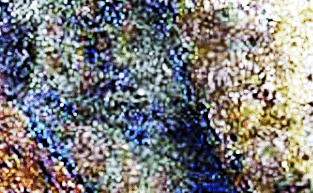
Gnostics |
|
- Mystics and gnostics believed that prayers, meditation
and rituals could help them attain gnosis (knowledge).
- They believed that direct experience of the divine or
personal knowledge was required to reach oneness within
everyone.
- Uniting their will with the will of God
(thy will be done).
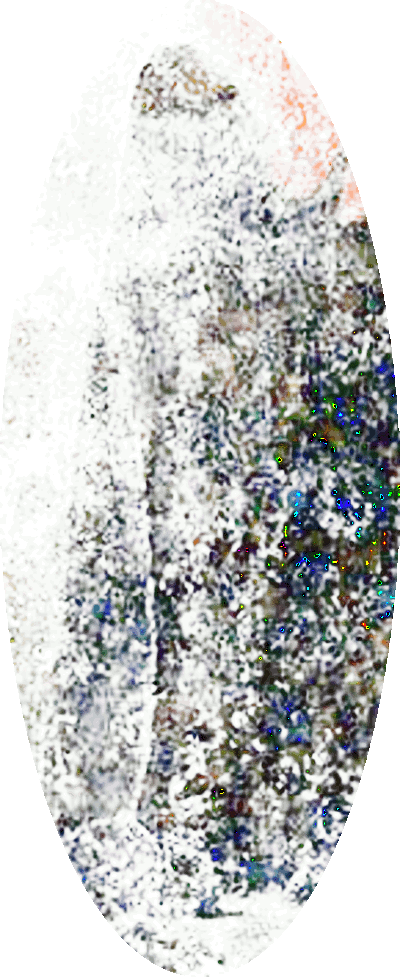
Mesopotamian Ašipu |
- As far back as ancient Mesopotamia, magical
incantations were inscribed into clay tablets.
- The Ašipu
was the Mesopotamian version of priest and experts in
white magic and healing.
- They used their magic to
combat sorcery which is called black magic and to banish
evil influences such as curses and evil eyes.
- The Ašipu employed the use of amulets, good luck
charms and talismans for protection.
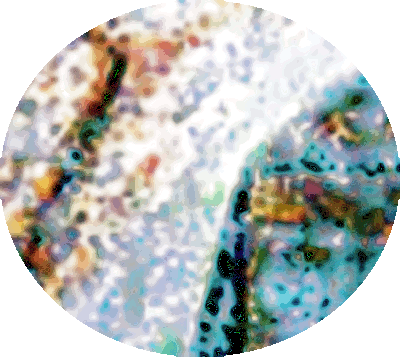
Enki Ea |
- The Sumerian god Enki, lord of water, wisdom and
abundance, was a magician and considered the ultimate
source for all arcane knowledge.
- Enki was a trickster
spirit who could heal any illness and resurrect the dead
according to Sumerian myth.
- Mainly used his magic for
good on the material plane, but not always.
- Lower
ego.
- YHWH, green jealous demigod, made man from the
dust and cursed us with death.
- One of nine
antideluvian (archon) kings.
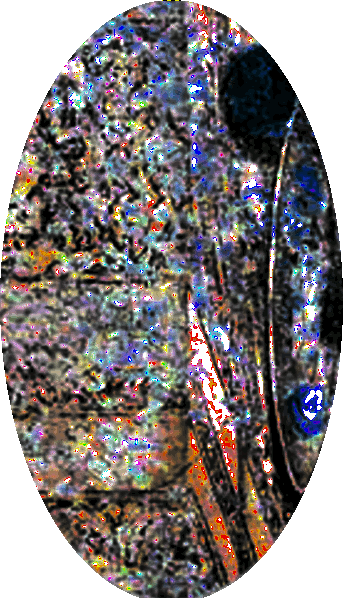
Egyptian |
- The Egyptians deified magic which centered around the
power of words (language) in the god Heka.
- Magic was
present throughout the Egyptians birth, life, death and
afterlife.
- The Egyptians believed that in the
afterlife a person's heart was weighed on a scale and it
had to be as light as a feather for that soul to ascend.
- Their ascension journey to Aaru (Field of Reeds) was
paradise in Egyptian beliefs.
- They used magic spells,
protection and guidance, to guarantee that the dead passed
safely through the challenges and obstacles ahead of them
in the afterlife.
- The spells were contained in the
Egyptian Book of the Dead.
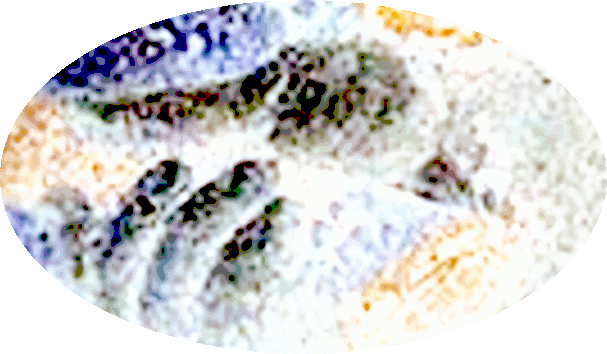
Egyptian Sphinx |
|
- The Sphinx.
- In Greek mythology, had the head of a
woman, the body of a lion (haunches), and the wings of a bird
(eagle).
- In Egyptian mythology, the Sphinx was a man or androsphinx
and represented their solar deity, Sun God, Horemakhet or Horus of the Horizon.
- As Horus, he was a benevolent representation of strength and ferocity, usually of a pharaoh.
- According to Greek
mythology (Oedipus), the Sphinx challenges her visitors with a riddle and if
they can't solve it, she kills them and eats them.
What has one voice but goes on four legs in the morning, two in the afternoon, and three in the evening? The wise Sphinx posed this riddle, and clever Oedipus guessed the answer.
It's a human being, who crawls as a baby, stands on two legs as an adult, and walks with a stick in old age. (Wikipedia)
|
|
|

Abraxas |
- Abraxas, rooster-headed and snake tailed, was a god the
ancient gnostics considered 'God above all Gods.'
-
Abraxas was a sequence of Greek letters in 2nd century AD
considered as a protective word; used on gems, amulets or
charms the ancients believed possessed magical qualities.
- The meaning 'I will create what I speak' is equivalent
to the creation of the world in Genesis 'And God said, let
there be light and there was light.'
- The gnostics
personified Abraxas as a spirit related to worship of the
sun god Basilides of Egypt, a supreme deity and the source
of divine emanation.
- He was considered the ruler of
all 365 heavens (one for each day of the year), or circles
of creation.
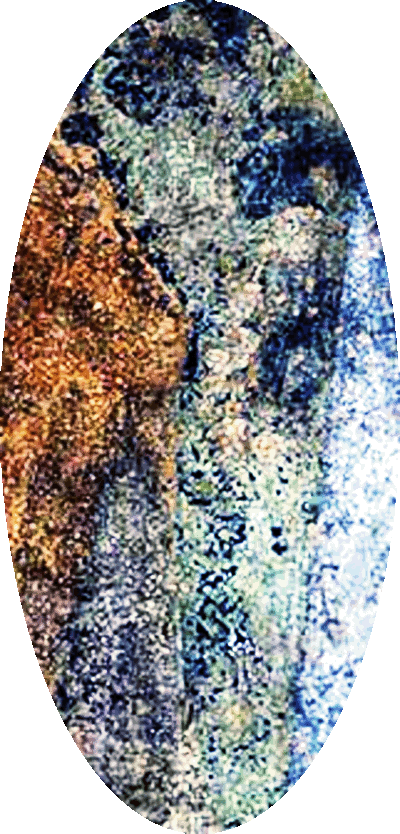
Mithras and the Bull |
- Mithras was the Persian god of light, dressed in
Phrygian clothing, looks away as he slaughters a bull with
a dagger held in his right hand.
- Associated with the
sun god Sol, and moon goddess, Luna.
- Symbolized by
the raven, snake, scorpion and dog.
- Mithraism was a
Roman mystery religion that was restricted to men only and
was popular with Roman soldiers during the 2nd/3rd
centuries AD.
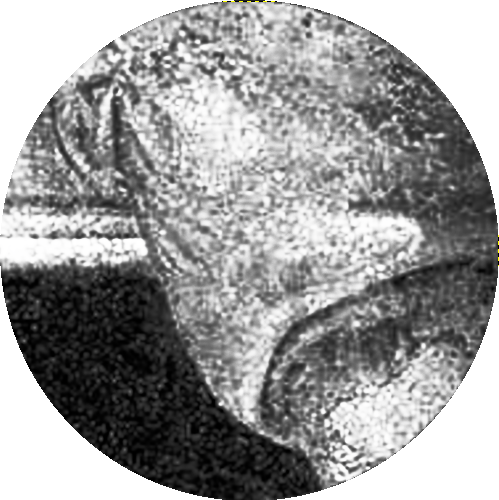
Phrygian
Liberty cap |
- Phrygia was a country in Anatolia, which is now Turkey,
that had Hitite predecessors and Armenian descendants.
- Homer wrote about the Phrygian's involvement in the
Trojan War and how they were close allies of the Trojans.
- The Phrygian cap was worn by peoples of Eastern Europe
and Anatolia, including the Medes, Persians and Scythians.
- Their kings included Gordias (Gordian Knot), Midas and
Mygdon who went to war against the Amazons.
- The
Phrygian scale in music is one of the seven main types of
music mode in Western music.
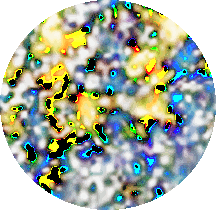
Amulet for protection |
- In ancient Greece, apotropaic (protective) magic was
used to protect from harm or evil influences.
- The
Greeks believed that both living and dead humans, or
animals, which they called vengeful beings, could send bad
luck or negative energy.
- Amulets or tokens were worn
to protect from such negative forces.
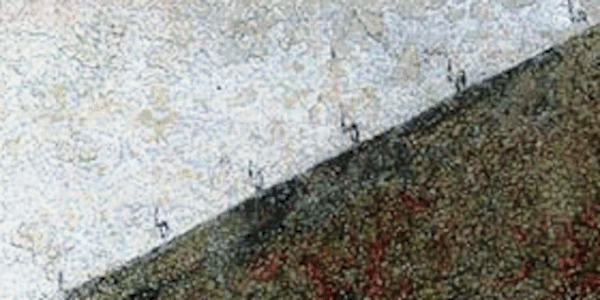
Tomes |
- Ancient tomes or magic books were called grimoires and
contained magic spells.
- The Ghayat al Hakim (Aim of
the Sage) also known as Picatrix was written in the
10th/11th century AD as a summary of older works
concerning astrology and magic based on Neoplatonic and
Hermetic principles.

Solomon's temple |
- King Solomon was known in the Bible for his piety and
wisdom but in apocryphal works he is also associated with
magic and the occult.
- In the book of Solomon he is
known to have communicated with demons and he uses his
magic ring, the Seal of Solomon, to control and command
the demons to speed up the construction of his temple.
- The Key of Solomon was a grimoire that
describes the preparations for his magical operations and
instructions for the creation of magical tools to invoke
spirits to gain knowledge, assistance or power in their
endeavors.
- The grimoire also provides appropriate
materials, magical symbols and astrological information as
well as instructions on spiritual cleansing and magic
circles.
- What goes up, must come down.
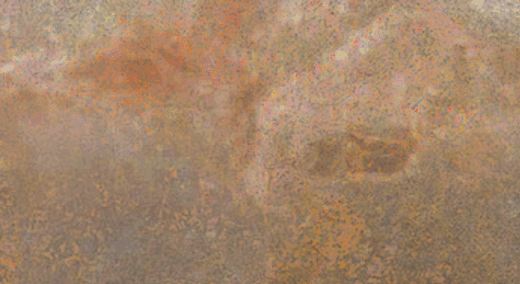
Necronomicon |
- The most popular fictional grimoire is the
Necronomicon (Book of the Dead) written by Arab Abdul
Alhazred, whose work later appeared in the horror novels
of writer H. P. Lovecraft.
- Contains formulae for
spiritual transformation.
- Skin-bound book, it's a
fictional novel.
- The author believed in cosmic
entities known as the Inner Gods and Outer Gods and his
plots centered around forbidden knowledge.
- Lovecraft
warns there is no shortcuts to enlightenment or wisdom as
this can cause madness.
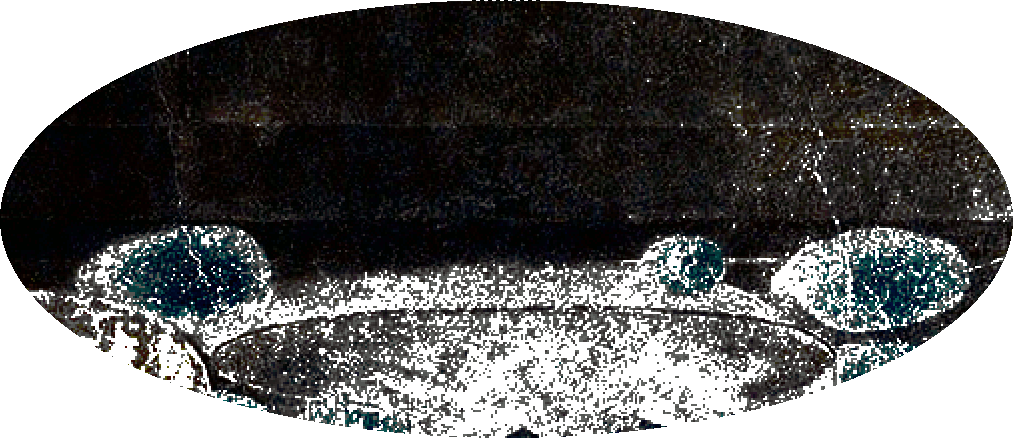
Goethe's
Mickey |
- Goethe wrote a poem called the Sorcerer's Apprentice
in 1797 where the apprentice gets tired of working and
enchants a broom with summoned spirits to do his work
(sweeping) for him.
- The spell gets out of control and
the apprentice doesn't know how to stop it, when the
sorcerer appears and puts an end to it.
- In the end,
the sorcerer warns the apprentice that only a master
should invoke spirits because they are not easy to get rid
of.
- Portrays the zeigeist of the 21st century with
monsters we've created out of control; genetic
engineering, nuclear energy, cloning, artificial
intelligence, virtual reality, etc.
The spirits that I summoned I now cannot rid
myself of again. (Goethe)
|
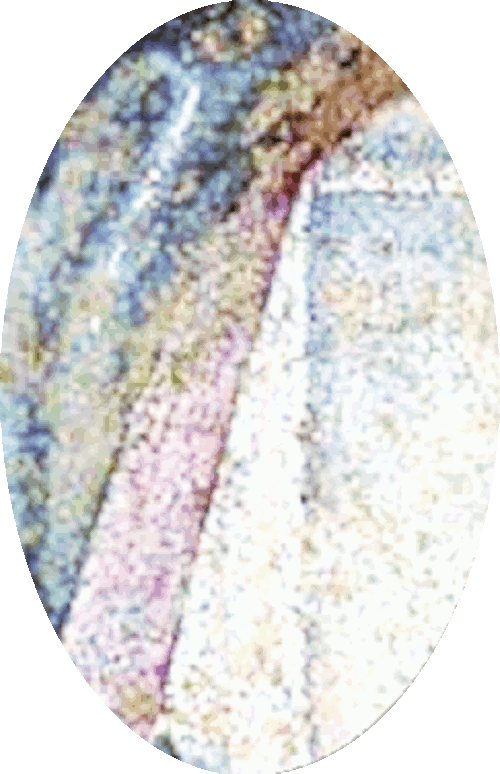
Elephant in Pandora's Box |
- Pandora's Box, a source of much trouble, once opened,
there's no turning back.
- There is however, hope still
remaining in the box.
- Another zeigeist of the 21st
century.
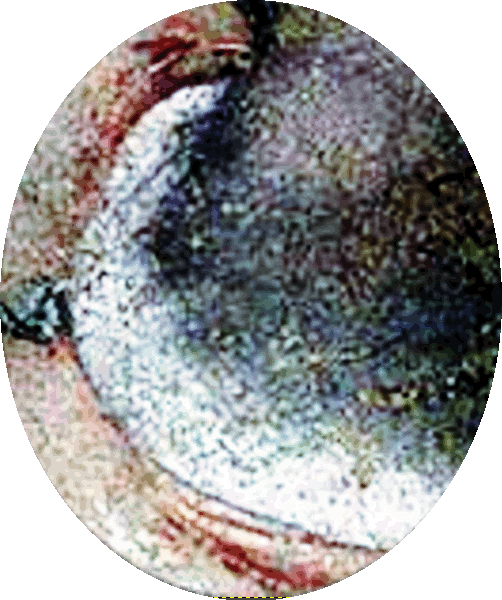
Hidden knowledge is dark and light |
- During the Renaissance the idea of hidden knowledge
became very dangerous in the hands of scholars, whereas,
in prior years, during the Medieval age, fairy tales were
more whimsical and magical.
- There was a proliferation
of mysterious books and knowledge at hand and magic became
very dangerous.
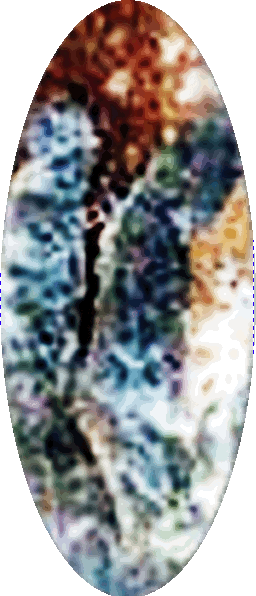
Escorted to hell |
- Faust, a German astrologer, alchemist and magician, was
a Renaissance adept in the 15th/16th century.
- He
became a folk hero after his death when his writings about
a man who grew weary of human knowledge came to the
conclusion that magic was the only knowledge worth
learning.
- He signed a bloodpact and sold his soul to
the devil in exchange for occult magical powers for a set
amount of years.
- At the end of the poem he is
carried off to hell.
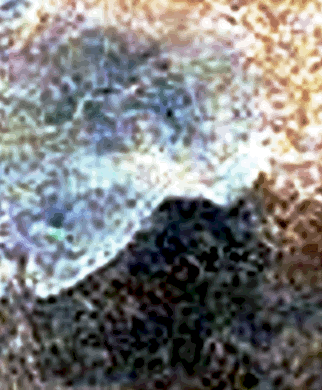
Secrets of nature |
- Heinrich Cornelius Agrippa wrote Three Books of Occult Philosophy
which is a
comparison of the occult and religion.
- He rejected
forbidden forms of sorcery.
- His work was inspired by
Kabalistic and Hermetic magic.
-
Agrippa believed that magic's purpose was to explore the
secrets of nature and reveal the wonders of God's work.
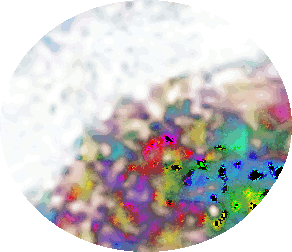
Swiss natural elements |
- Paracelsus was a Swiss physician and alchemist who
combined medicine with magic.
- He viewed the cosmos as
interconnected and assigned spiritual significance to
natural elements.
- Identified the concept of elemental
beings.

Angels talking |
|
- John Dee, an English astronomer, mathmatician and
magician, and advisor to Queen Elizabeth I, amassed one of
England's largest occult libraries.
- Dee worked with
Sir Edward Kelley, an occultist, to communicate with
angels to create the Enochian (Angelical) language.
- Kelley worked with crystals and scrying performing
necromancy.
|
|
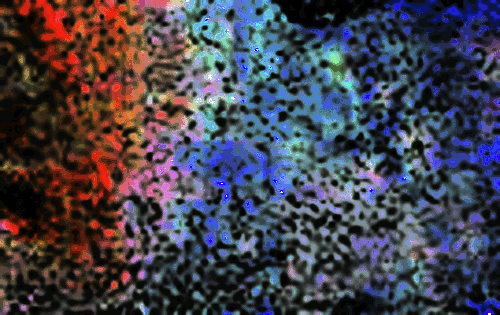
Philosopher's stone - Red lion |
- Nicholas Flamel was a French scribe and according to
legend, he discovered the philosopher's stone which is the
alchemical process of turning base metals to gold.
- He
obtained immortality.

Alchemical |
- Basil Valentine, likely a pseudonym, was the author of
The Twelve Keys which was first published in 1599 by Johann Thölde
(who was more than likely Basil).
-
The twelve steps to acquiring the philosopher's stone by
turning base metals into gold.
- Contains sequence of alchemical operations encoded allegorically in words.
|
|

Ouroboros |
- The Ouroboros is an ancient symbol that represents a
dragon eating its own tail.
- A symbol used in Gnosticism and Hermeticism, most notably in alchemy.
- Synchronicity, Unus Mundus, a world where inner and outer
reality co-exist.
- Knowing that what is within
ourself, is everything contained outside ourself, the
microcosm and macrocosm mirror each other.
- Our world is
full of magic and wonder for those who have eyes to see and it
is up to us to awaken ourselves.
- The order in our
inner world creates the order in our external world so begin
by creating a peaceful state of mind inside yourself.
- The
healthier and more balanced we are, it creates a ripple effect
in others and impacts the entire world.
- Never-ending cycle.
The dragon is probably the oldest pictoral symbol in alchemy of which we have documentary evidence. It appears as the Ouroboros, the tail-eater, in the Codex Marcianus, which dates from the tenth or eleventh century, together with the legend ‘the One, the All’. (Carl
Jung)
|
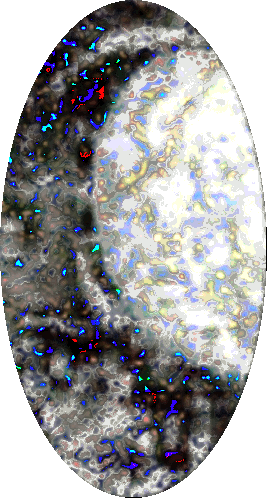
Golden life portal |
- The Golden Rule; do unto others what you would like to
have done unto you.
- Always treat others with kindness
and respect.
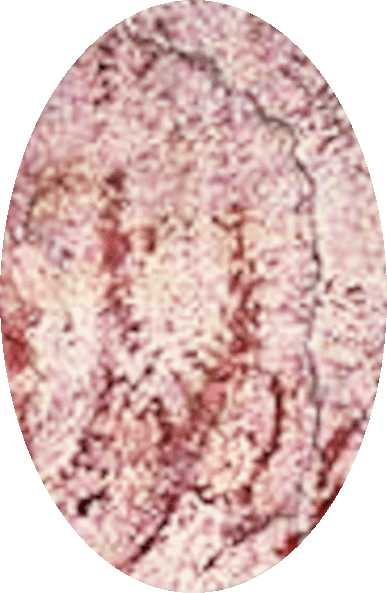
Mahabharata
Pink elephant |
- The Mahabharata (Great Epic of the Bharata Dynasty) is an ancient Sanskrit Indian epic poem
written in 4th century BCE, where the story revolves around
two branches of a family; the Pandavas and Kauravas.
- They
battle for the throne of Hastinapura.
- Krishna-Dwaipayan Vyasa,
who played a part, wrote the
epic and dictated the verses to Ganesha who wrote everything
down.
- It is a poem about dharma (Hindu moral law) as well
as the history of India up to 200 BCE.
- Karma is the cause
and effect where your actions and deeds influence your future
and rebirth.
- There is a fundamental law of nature where
what you do, comes back to you.
- The poem also contains descriptions of places of pilgrimages.
Newton's third law simply states that for every action there is an equal and opposite reaction.
|
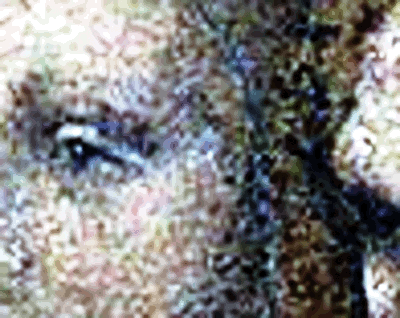
Ramayana
Prince Rama |
- The Ramayana is another important Sanskrit epic poem written
by Valmiki not before 300 BCE.
- Along with Mahabharata,
one of the two important epics of Hinduism known as the
Itihasas.
- The poem details the royal birth of the god Rama in the kingdom of Ayodhya (Oudh)
in India.
- Ten life lessons.
- The story also spread in various forms throughout Southeast Asia
especially Cambodia, Indonesia, and Thailand.
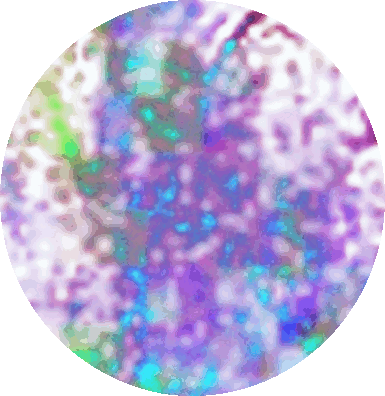
Iris |
- The Violet Flame is a special energy that can be used
for healing and freeing yourself from the bonds of
negativity.
- Violet is associated with spiritual
energy and emotional healing and brings harmony to your
life.
- The color violet has the highest frequency in the visible spectrum, and what’s beyond violet is invisible to the human eye.
- Corresponds with the Crown Chakra, our connection with the Divine.
- Transmutes negative karma.
- Nikola Tesla used his
Violet Ray for healing by using Violet Flame energy.

Sacred self |
- The mandala is a symbol and representation of the sacred
self.
- It's a magic circle that is used all over the
world.
- It can represent chaotic states and help to reduce
the disorder and confusion to restore balance and harmony.
- Crystal clear clarity, purity.
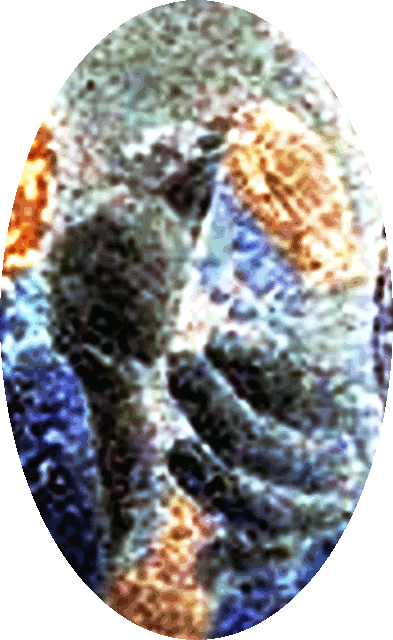
Low vibratonal - thumbs down |
- Low energy (vibration) or high energy, we all know
people who are both low and high vibration.
- You can tell what they are when
they're next to you; trust your intuition.
- A low
vibrational person is negative and chaotic; their lives are
filled with problems.
- A high vibrational person is peaceful and happy. Their lives
flow and they don't let the low vibrations affect them.
-
An energy vampire is a low-vibing person who has to steal
energy from others; they can't create anything by themselves
so they have to take yours (example would be a college class
participant who contributes nothing, but is granted the same
score as the rest of the team who did all the work).
- Or
a boss who puts your weekly status report into their own
status report and steals your accomplishments.
|
|
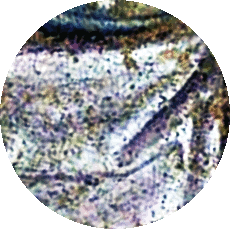
Indra's net |
- In Hinduism and Buddhism cosmology, Indra's net
represents a cosmic net which contains a single jewel in each
eye of the cosmic net which is infinite.
-
Interconnectiveness of all things.
Now I a fourfold vision see,
And a fourfold vision is given to me;
'Tis fourfold in my supreme delight
And threefold in soft Beulah’s night
And twofold Always.
May God us keep
From Single vision & Newton’s sleep!
(William Blake, The Letters of William Blake, ed. Geoffrey Keynes,
1968)
|

Ātman and Brahman in the
Upanishads |
- Ātman is the spirit or soul of a living entity, and
Brahman is the ultimate cause of all things.
- The
Upanishads is the 'wisdom literature' of the Vedas, from the
8th to 6th century BCE, which contain the Hindu teachings on
the origin and essence of the universe.
- We are all part of the Supreme
Being's Leela, or Divine play, which is the
interconnectiveness of all existence.
.
|
|
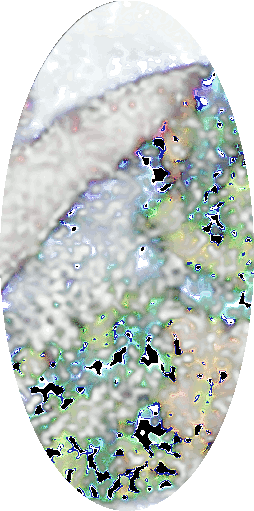
Mana a supernatural force |
- In the Polynesian and Melanesian cultures, Mana
represents a supernatural force that may be granted to people,
animals or inanimate objects.
- Mana can also be found in
action and events and even from inhabitants of the spirit
world, not just physical things.
- It is a cultivated power
and can be used for either good or evil and represents energy
used for magical purposes.
- Usually
associated with the powers of prophets, priests and kings.
- The Hawaiians believe it is a spiritual energy and healing
power.
- The Bible refers to mana from Heaven as spiritual
food.
- Carl Jung wrote about the mana-personality as the
heroic image of the mighty man archetype; chief, medicine-man,
saint, ruler of men, and friend of God.
In the Māori culture, there are two essential aspects to a person’s mana: mana tangata, authority derived from whakapapa connections, and mana huaanga, defined as “authority derived from having a wealth of resources to gift to others to bind them into reciprocal obligations”.
(thesevenworlds)
|
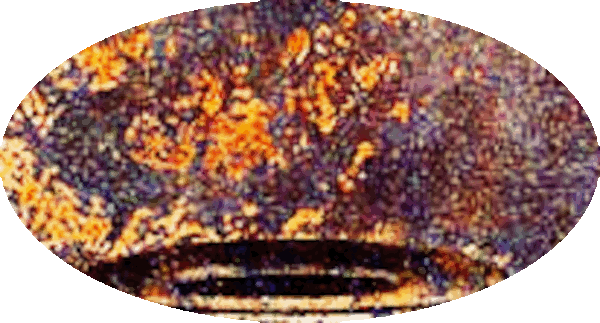
Crystal ball |
- A crystal or glass ball used in fortune telling and
generally associated with scrying and clairvoyance.
- The
use of crystal balls for divination (finding hidden
information) or to predict the future began with the Romans.
- When scrying is used it is known as crystal gazing.
- Salvator Mundi (DaVinci's "Savior of the World") depicted Christ holding a crystal ball.
Moral of the story!
The realm of magic is its own place, everything
you do in this world opens up a portal, a new realm.
The magic and spiritual realm have no respect or
title in either of them, so it's your free will to do
those things (black magic), but you have to ask if
it's going to reach its intended target, more than
likely not.
Are you going to be stuck with it? Most likely.
Anyone on this earth can pick up book and learn
how to do black magic, but should you? No, never.
White magic we all do everyday, unknowingly. When
you pray or recite incantations, wish for something,
wish someone good luck, hope for something good...
Cleaning up the loose ends in the higher
dimensions.
|
|
|

